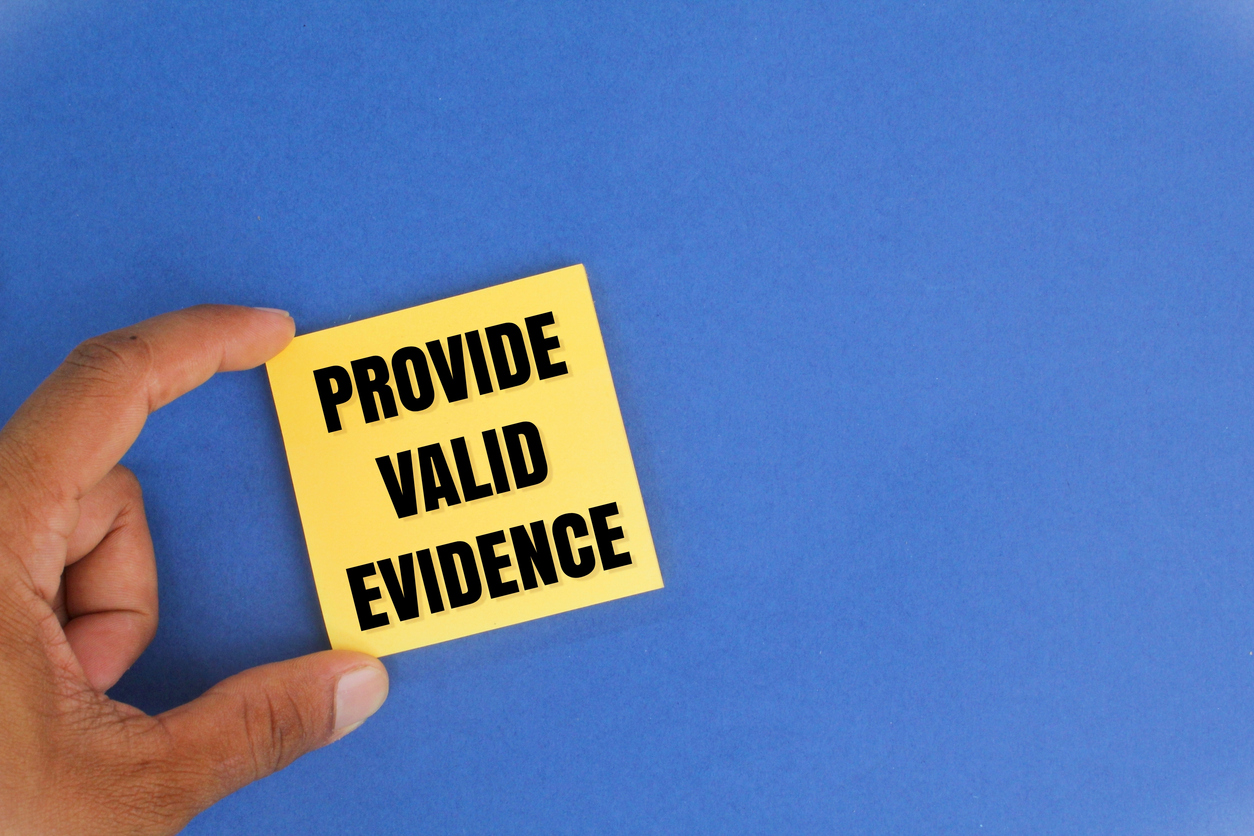
Below is a conversation I have all too often with insureds:
Insured: I just received a letter from the carrier that they are denying my claim.
Attorney: I am sorry to hear that. What was the basis for the denial?
Insured: The basis for the denial was _____. However, the insurance adjuster told me that this would be covered when he was at the property.
Attorney: Great. Did you document the representation in writing?
Insured: . . . . .
Everyone has heard stories of an insurance adjuster inspecting a property, giving an insured assurances about the coverage they are going to get, only to receive a denial letter or a low-ball estimate. In fact, for those of you up in the Northeast, this was the scenario that kicked off the fraud investigation into the engineers utilized by FEMA during Hurricane Sandy.1
While it is understandable for an insured to trust representations made by an insurance adjuster at an inspection, those who have been around a little while should know better and document any kind of favorable representations that are made at an inspection. All It takes is an email to the insurance adjuster stating the following:
Thank you for meeting me at out at the property today. As you will recall, during our inspection we discussed ______ and you stated ______.
If any of the above is inaccurate, please let me know.
A simple email like the above is very much welcomed for an attorney representing a policyholder, especially if there are allegations of bad faith. It should be no surprise that when a policyholder attorney is able to attach documented misrepresentations to a bad-faith complaint, the case tends to settle sooner rather than later.
An insured or their representative should also document the name and company of anyone who inspects the property on behalf of an insurance carrier. There are times when a carrier will send someone out to the property and the insured never hears from them again or a report is never generated. Chances are the person that inspected the property didn’t agree with the carrier’s position.
Sometimes, in instances when a case reaches litigation, these inspectors can get lost in the shuffle and not named in a carrier’s witness list. And if the insured or its representative never documented the inspector at the property or advised the policyholder attorney of the inspection, then the attorney may miss the chance to depose the inspector and potentially elicit testimony that the inspector disagreed with the carrier’s position.
Something I have learned through trial advocacy is sometimes evidence not presented at trial and showing a jury why it is not being presented is as important as the evidence that is being presented. In the above scenario, I can’t think of much better evidence to weigh against a carrier than potentially showing that an inspector—that they hired—disagreed with their position and did not produce a report, or tell the insured.
Much like a policyholder attorney should prepare each case like it is going to trial, a homeowner’s representative should prepare their claim file like it is going to litigation.
______________________________________________________________
1 60 Minutes. FEMA: Evidence of fraud in Hurricane Sandy reports. Feb. 27, 2017. https://www.cbsnews.com/news/fema-evidence-of-fraud-in-hurricane-sandy-reports/





